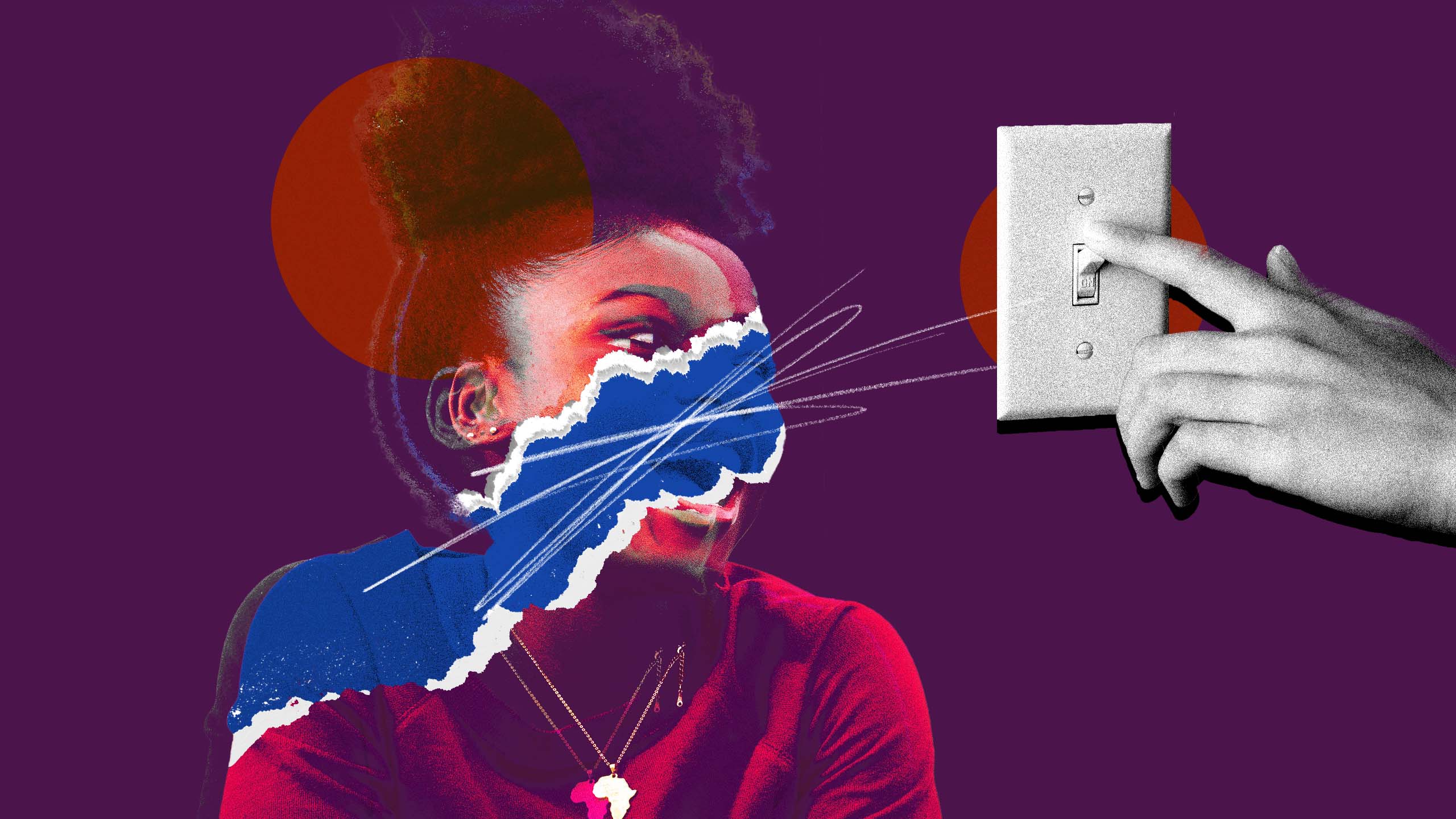In 1974, renowned UCLA neuropsychologist Ole Ivar Lovaas was overseeing the Feminine Boy Project, a study using behavioural psychology to intervene in the development of “gender-disturbed” young males. Through reward-punishment conditioning, Lovaas and his student George Rekers aimed to make boys who played with dolls or had “swishy wrists” act more like the men society wanted them to be: playing with toy guns, roughhousing and competing.
Rekers’s involvement was inspired by Lovaas’s Young Autism Project, where the latter had already applied behavioural conditioning to eliminate autistic traits in children. In their gender research, Lovaas and Rekers used motherly praise as a reward, and spankings as a punishment. However, on autistic children, Lovaas used torture. His studies detail the use of electric shock, full-body restraint and severe physical beatings; he once bragged about threatening an autistic child with murder, writing, “I let her know there was no question in my mind that I was going to kill her if she hit herself once more, and … we had the problem licked.”
George Rekers would rise to prominence in the gay conversion movement both as a Southern Baptist preacher, and a tenured psychiatry professor at the University of South Carolina School of Medicine. Lovaas, meanwhile, used this research to develop a treatment for autistic children called Applied Behaviour Analysis (ABA). Today, ABA is the only form of “therapy” for Autism Spectrum Disorder funded by governments in North America.
Both gay conversion therapy and ABA were built on behaviourism—the scientific belief that human behaviour is determined by conditioning from our immediate environments, and should be controlled through manipulating those environments. Behaviourist psychology has always seen queer and autistic identities as deviant, and so the pathologies around both were constructed at the same time, and from the same body of research. This is why many autistics today argue that ABA is actually its own form of conversion therapy.
“New and old ABA share the same goal: converting autistic traits.”
In his landmark 1987 paper, widely cited as evidence for ABA’s efficacy, Lovaas claimed to have made 47 percent of his autistic subjects “indistinguishable” from their allistic peers through intensive intervention. However, these results only measured behavioural outcomes; in the same way gay conversion just makes people act straight, ABA simply traumatized autistic children into acting neurotypical to fit in.
“[Lovaas] designed ABA to eliminate autistic behaviours and identity to fit allistic expectations,” explains Negrazis, an autistic non-binary registered psychotherapist from Toronto. “[That way] they simply wouldn’t disrupt the neurodisableist order as much.”
Over time, disability advocates have forced practitioners to move away from punishment and toward reward-based methodologies. The ABA Association still supports the use of physical restraints and even solitary confinement in cases it deems necessary, but many offshoots seek to distance themselves from both the ABA label, and the use of punishment. These derivatives, loosely called “New ABA,” instead work through depriving children of positive reinforcement like playtime, rest or praise unless they comply with the allistic behaviours forced on them, such as eye contact, hugging and verbal communication.
New and old ABA share the same goal, and the same end result: converting autistic traits. And in doing so, ABA also acts as a form of queer conversion, says Negrazis, because “[autistic] genders and sexualities are inherently pathologized as abnormal.” This means ABA sees nonconforming autistic children as being socially confused about appropriate dress or play styles, and aims to condition them toward their assigned gender.
“It’s all about policing unruly bodies,” says Negrazis. “Lovaas actively constructed gender and sexual divergence as disabled, which created an inherent disableism in the emergence of queer identities.”
Lovaas himself made this comparison in his writings on the Feminine Boy Project, calling gay or gendernonconforming males “socially handicapped individuals.” He spoke of queerness and transness having “serious disabling consequences for adults … [that] may range from interference with normal heterosexual relationships, to a continuing sense of shame and fear.”
At the time, queer and autistic children were seen as what contemporary researchers Margaret F. Gibson and Patty Douglas call “surprising deviants”—their intellectual function held promise relative to supposedly hopeless populations with severe cognitive disabilities. This gave their lives value if they could be set on a typical course through intervention.
“With responsibility, the developmentally disabled individual takes on dignity and ‘acquires’ certain basic rights as a person,” wrote Lovaas. “No one has the right to be taken care of, no matter how retarded he is … so, put your child to work; his work is to learn.”
Cultural logic dictated that autistic boys would grow to be unproductive men, while men whose gender presentation or sexualities did not conform to the norm made fewer reproductive nuclear families. In this way, queer and autistic people were seen to threaten the future of capitalism and colonialism: not only were researchers saving these poor boys from a life of shame—they were saving society itself.
Autistic children in particular were the focus of such intense study because Negrazis says Lovaas saw them as “raw material for humans”; perfectly suited to be shaped and developed by behaviourism. He had delusions of grandeur about his research; if it could grant humanity itself to lowly autistics, then society could use it to correct not just sexual and gender divergence, but all deviant behaviours. Lovaas said that once the “reciprocal control” of behaviourism was accepted, “politics as we know it will cease to exist … eventually each person will be intimately involved in making decisions that are now made by governments.” In other words, he believed, “we would have a true democracy.”
“Behaviourism is a colonizing logic,” says Ander Negrazis.
His vision would not come to pass. Behaviourism has indeed continued to drive mainstream psychology and even economics, but its effects are far from utopian. In the decades since Lovaas’s work began, conversion therapies have traumatized generations of queer and autistic people by teaching them to hate and hide themselves, leading to mental illness, addiction and suicide.
Outside of clinical settings, behaviourism’s reward-punishment conditioning is ubiquitous. It structures our schools, drives our free market economy and is the fundamental psychology behind social media algorithms. Yet our education system is failing and our economy is collapsing, while social media use can contribute to widespread mental illness and misinformation. Whatever “true democracy” looks like, we will not find it in the coercive control of behaviourism’s conversion thinking.
“Behaviourism is a colonizing logic,” says Negrazis. “It erases and eliminates … our creative capacity, our co-operative relationships and our collective self-determination.”
So how can we conceptualize autism without conversion thinking? LGBTQ2S+ people already know our own identities as expressions of humanity, and not deviations from it. There’s no reason why we can’t learn to view autistic traits the same way.
Just like queer and trans people, autistics do not have a disease that needs to be treated. Instead, says Negrazis, “[autistics] need supports to help them identify how trauma has impacted them in their learning, relationships, ability to work and even their self-concept.”
While access to typical trauma-informed therapy would be an amazing start, ideally these supports would centre autistics not as subjects, but instead as experts in their own experience. The autistic-led Authentistic Research Collective published a 2021 white paper that explored this; through a collaborative effort that viewed autistic traits as strengths, they developed a process of “co-production” that prioritized flexible communication, sensory safety and personal authenticity.
The members called their experience “inspiring and often transformative,” and their findings found immense creative value in “gaining knowledge, building confidence, experiencing safety … recognition of our own experiences in others, and finding self-acceptance and belonging.” Negrazis says we can build on these efforts to establish entirely new paradigms free from allistic and cis-heteronormative coersion.
“The psych industry has done so much harm to both [autistic and queer] people,” they say. “The very foundations of psychology and counselling need to be dismantled and rebuilt by queer and autistic people themselves.”


 Why you can trust Xtra
Why you can trust Xtra


